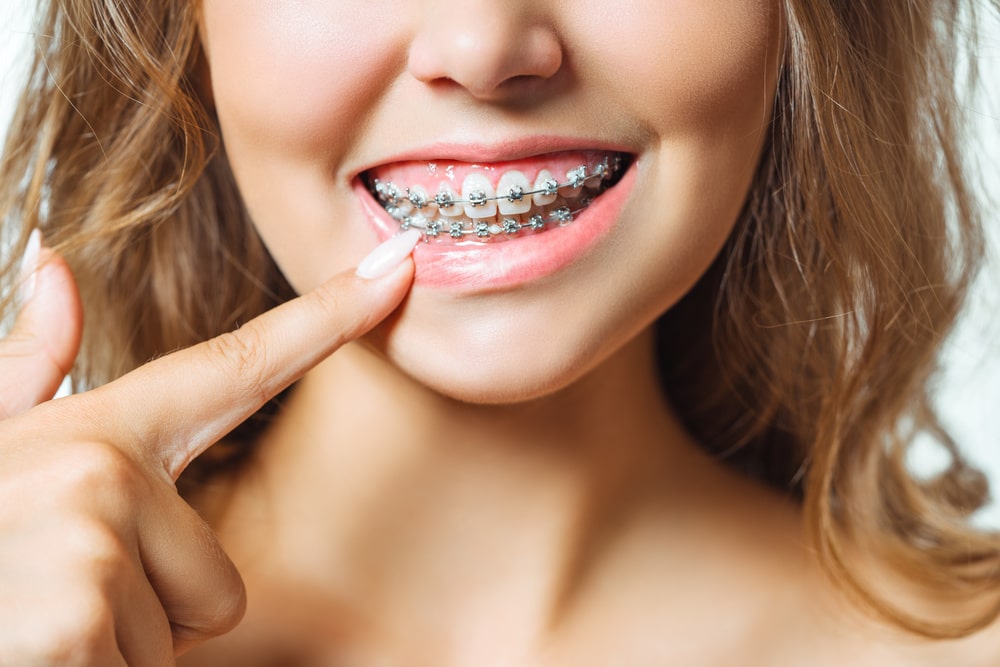Types of Braces and Their Components

Do you have crooked teeth or a bad bite? There are several types of braces available in Midlothian, Ohio that can greatly improve your smile whether you or a teen or an adult. Let’s take a look at the different types of braces and their components.
Types of Braces
Braces are can be made from different materials. The most common type of braces has metal wires and silver brackets. These are considered traditional braces because they have been used the longest and are the original type of braces.
Another type of metal braces is lingual braces. With these unique braces, brackets and wires are placed on the back of the teeth instead of the front. This placement makes them unnoticeable to other people, but they can take some getting used to for the patient since the tongue comes in constant contact with them. They are also more expensive than regular braces and can be challenging to keep clean.
For those who are hesitant about having metal braces on the front or back of their teeth, we offer ceramic braces. These braces have brackets made from tooth-colored ceramic. This allows the braces to blend in better with your teeth while still providing the same strength of treatment as silver braces.
Parts of Braces and How They Work
Braces apply continuous pressure over time to gently move the teeth in the desired direction. There are many components involved in making the movement of the teeth possible.
Brackets: Brackets are bonded to the front of each tooth with medical grade cement. They are silver with traditional braces and tooth-colored with ceramic braces. In the case of lingual braces, brackets are bonded to the back of each tooth. Brackets hold the arch wires in place.
Arch wires: Arch wires are attached to the brackets with ligatures and guide the movement of the teeth by applying constant, yet gentle, pressure.
Ligatures and rubber bands: Ligatures, which are small rubber bands, attach the arch wires to the brackets. They are generally replaced every time you have your braces adjusted to keep the right amount of tension in the arch wire.
Rubber bands can be attached to hooks on the brackets and stretch between the upper and lower teeth. Also called elastics, they are used to correct bite issues, such as overbites or underbites. Patients can take put in and remove these bands themselves and may be instructed to remove them while eating or playing certain sports that require a mouthguard to protect the teeth.
Deciding on the right type of braces for you or your child requires input from a qualified orthodontist and your opinion about what would work best for you.
For more information and to schedule a consultation, contact our office today.
